Is this not a common conversation between two people out for shopping for their regular supplies,,,
Friend 1: “Hey do you see these shampoos on the supermarket shelves, they all claim to improve your hair’s structure, make it silky, smooth, and shiny. Is this really true?”
Friend 2: “I don’t think so. Yes, they may be good, but they’re usually loaded with Sulphates and parabens, aren’t they? My hair always feels drier after using them.”
Friend1: “Exactly! According to what I know Sulphates tend to strip away natural oils, and parabens pose potential health risks. Plus, they don’t repair the basic problem with the hair; they just coat it temporarily.”
Friend 2: “So, what’s the alternative then? Is there a real solution?”
On hearing this conversation as a formulator I can say to all these people, yes absolutely there is a solution. What we need is a shampoo that works on repairing damaged hair bonds, like the disulfide bonds in the hair shaft, and is sulphate-free. Improving damaged hair isn’t just about going ‘Natural’ it’s about formulating the right bond-repair products designed to meet these individual hair needs.”
Interesting. Isn’t it! Would you like to know more? Would you like to know how you even start creating something like that?
If your answer is yes, then you are at the right place. Let me walk you through the process.
It’s all about the ingredients and the method. Here we will make a Hair Bond Repair Shampoo with active ingredients like Arginine, Fermented Rice Water, and Aloe Vera extract. The formula is designed to repair dry, damaged hair and leave it smooth, soft, and manageable.”
What Is a Hair Bond Repair Shampoo? What makes a bond repair shampoo different from regular ones?
The answer to the above questions are simple
A Hair Bond Repair Shampoo is a type of hair cleansing shampoo designed to repair and strengthen damaged hair by targeting the molecular bonds within the hair shaft.
These bonds which are primarily the disulfide bonds are broken due to various factors such as chemical beauty treatments like bleaching, colouring, perming, heat styling or other environmental stressors.
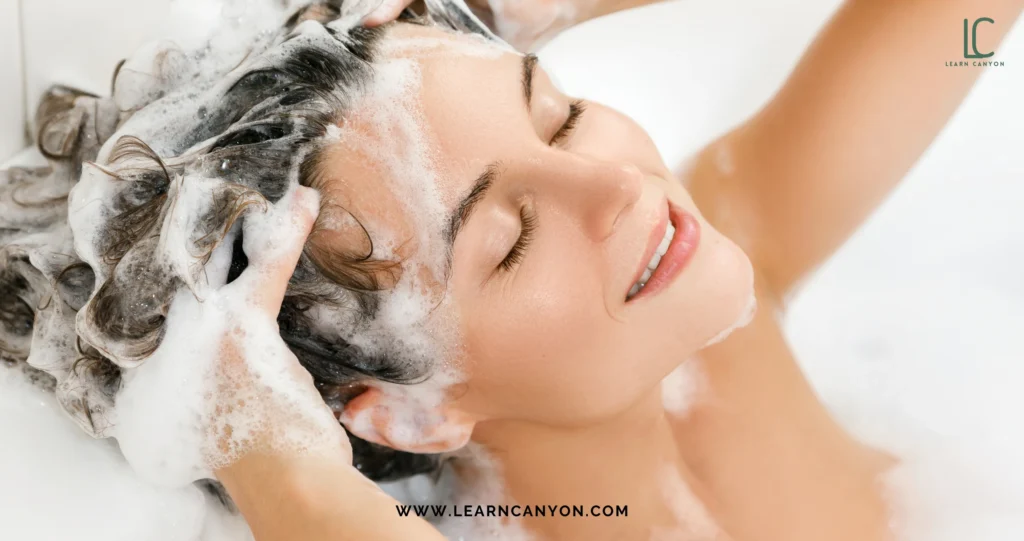
Any normal shampoo lathers and cleans the dirt and grime on the scalp and surface but when you add actives like arginine it acts on the hair shaft and smoothens the disulfide bonds thereby making the hair soft, smooth and manageable.
So, what makes our shampoo different is that not only does our shampoo clean the scalp of dirt and grime, it also works actively on the hair shaft.
What Makes a Good Bond Repair Shampoo for Dry and Damaged hair?
A good Natural Bond repair Shampoo for dry and damaged hair effectively cleanses the scalp and hair while providing a pleasant sensory experience.
It typically includes ingredients like arginine and fermented rice water, natural botanical extracts, cleansers, moisturising humectants and other nourishing ingredients which smooth and repair the disulfide bonds which makes the dry and damaged hair soft and manageable.
Also unlike traditional shampoos, these are gentler and more moisturizing making it an effective choice.
A top quality bond repair shampoo needs:
- Mild Surfactants which act as gentle cleansers that do not remove excess natural oils or damage weakened hair.
- Ingredients like Arginine that penetrate deeply and rebuild hair structure.
- Humectants like Hyaluronic Acid and natural oils restore moisture balance.
- Texture improvers, fragrances and additional actives can be tailored to hair types or customer preferences.
Let us create an innovative formulation that targets and fixes damage at its source, thoroughly penetrating into the hair shaft to strengthen and repair your hair from within.
With a sulphate free composition we can provide gentle yet effective cleansing action. This unique shampoo formulation promotes overall hair health, restores elasticity, and lessens breakage, leaving stronger, more resilient hair strands that shine all day.
How to formulate the product?
The first thing that should be done is
Create your base:
Developing a shampoo involves selecting the base ingredients that make the water phase. These can be natural botanical extracts or hydrosols. The essential ingredients like cleansers, mostly surfactants, humectants, and hair conditioners that soften the hair are then blended into this base.
Remember to select base ingredients that are suitable for all types of hair, but are especially suited for dry, chemically treated, heat-damaged, or brittle hair.
You can choose
Moisturizing and Smoothing Agents that are hydrating like glycerin, panthenol, or hyaluronic acid that help improve the texture and manageability of the hair.
Gentle cleansers that are sulfate-free or formulated with mild surfactants to avoid further damage to the already weak hair.
Selecting the active ingredients:
The next important ingredient is the active. Once the base is ready you need to select an active which is for the specific purpose of hair repair. You need a Bond Building ingredient.
Bond building ingredients make use of technology that can rebuild and reinforce broken hair bonds and strengthen the structural integrity of hair strands. It repairs disulfide bonds, which are essential for hair’s flexibility and strength, at the molecular level. The active seals in moisture by repairing the cuticle layer of the hair, reducing frizz and dryness. By strengthening hair from the inside out and increasing its resistance towards damage, it offers long-term advantages. It is a successful hair hydration and repair treatment because of its targeted action on dry and damaged hair, which improves texture, softness, and manageability.
Now that all the basics are clear, you are ready to formulate your own shampoo. It is time to gather your ingredients and start having fun!
Hair Bond Repair Shampoo Formula
| Phase | INCI Name | Trade Name | % w/w |
| A | Aloe Barbadensis Leaf Juice | Aloe Vera Juice | 56.8 |
| A | Water (and) Oryza Sativa (Rice) Extract (and) Saccharomyces Ferment Lysate Filtrate (and) Citric Acid (and) Sodium Benzoate (and) Potassium Sorbate | Fermented Rice Water | 0.5 |
| B | Sodium Cocoyl Isethionate | Sodium Cocoyl Isethionate | 15.0 |
| B | Disodium Cocoyl Glutamate (30%) (and) Aqua (70%) | Amisoft® ECS-22W | 8.0 |
| B | Cocamidopropyl Betaine | Coco-Betaine | 5.0 |
| C | Cocos Nucifera (Coconut) Oil | Coconut Oil | 5.0 |
| C | Olea Europaea (Olive) Fruit Oil | Olive Oil | 3.0 |
| D | Aspergillus Ferment (and) Arginine | Terabond | 2.0 |
| D | Hydrolysed Silk | Hydrolysed Silk Protein | 1.5 |
| D | Sodium Hyaluronate | Hyaluronic Acid | 0.5 |
| E | Geogard Ultra | Gluconolactone, Sodium Benzoate | 0.7 |
| E | Perfume of choice like jasmine | Jasmine oil | 2.0 |
| Total | 100 |
The Formulation Process
Start by formulating the water phase;
This phase sets the hydrating properties. It combines Aloe Vera Juice and Fermented Rice Water for their moisturizing, antioxidant, and elasticity-boosting properties.
The next step is finalising the surfactant blend;
Choose mild cleansers like Sodium Cocoyl Isethionate, Disodium Cocoyl Glutamate and Cocamidopropyl Betaine which ensure effective cleansing without irritation. They create a creamy, rich lather that feels luxurious on the scalp.
Now we need a oil blend;
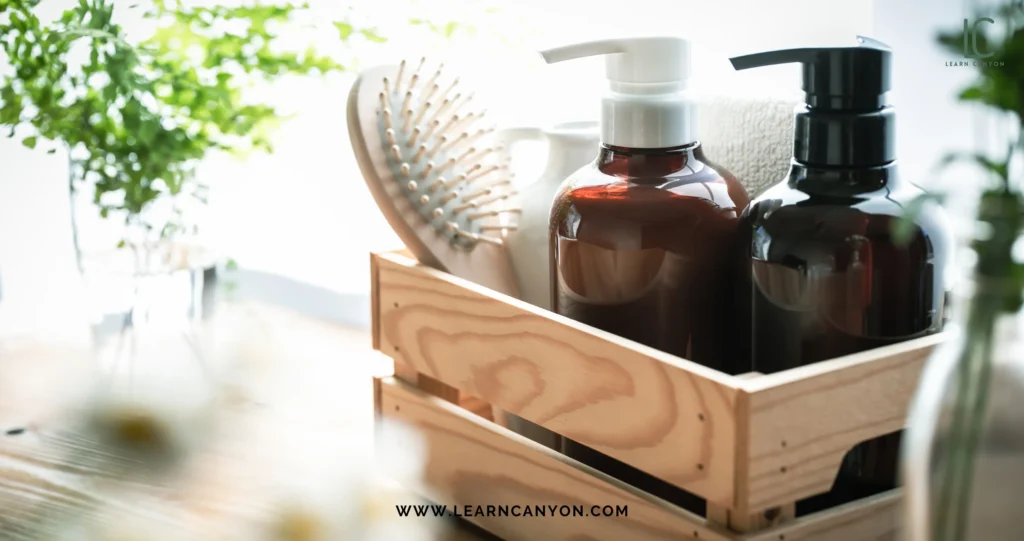
Natural oils like Coconut Oil and Olive Oil are chosen as they nourish and repair the hair shaft. These are melted gently and emulsified to prevent separation.
Now the most important phase which is used to actively repair & moisturise the dry and damaged hair.
This is where the magic happens. Terabond a bond-repair active is used to strengthen the disulfide bonds, while Hydrolyzed Silk Protein deeply hydrates the hair. Hyaluronic Acid locks in moisture, leaving hair soft and manageable.
Last but not the least Preservation & Fragrance
Finally, Phenoxyethanol preserves the formula, and a light perfume enhances the sensory experience.
Method of preparation:
- Phase A: In a clean, sanitized mixing vessel, combine Aloe Barbadensis Leaf Juice and Fermented Rice Water (Phase A). Mix gently until homogeneous. Heat this phase to 45 deg. C if required to dissolve ingredients properly.
- Phase B: In a separate container, mix Sodium Cocoyl Isethionate, Disodium Cocoyl Glutamate, and Cocamidopropyl Betaine. Slowly add this blend to the Phase A while mixing continuously to avoid foaming. Ensure the temperature does not exceed 45°C.
- Phase C: Gently warm Cocos Nucifera (Coconut) Oil and Olea Europaea (Olive) Fruit Oil to 40 to 45 deg C or until fully melted. Add the oil phase to the mixture from Phases A and B while stirring.
- Phase D: Once the mixture cools to below 40 deg C, add Terabond, Hydrolysed Silk, and Sodium Hyaluronate. Mix until fully incorporated.
- Phase E: Finally, add preservative and perfume. Mix thoroughly to ensure even distribution.
- Finally adjust ph to 5.0–5.5 if necessary using citric acid or sodium hydroxide. You must also perform quality checks for viscosity, appearance, and stability.
- For packaging transfer the shampoo to an appropriate container and seal.
Ingredients and Their Benefits
- Aloe Vera Juice: Deeply hydrates and soothes the scalp. Provides anti-inflammatory and healing properties and Strengthens hair strands and promotes shine.
- Sodium Cocoyl Isethionate: A gentle coconut-derived surfactant that cleanses without stripping natural oils. Produces a creamy, luxurious foam. Ideal for sensitive skin and damaged hair.
- Disodium Cocoyl Glutamate: A mild, biodegradable surfactant with excellent cleansing properties. Maintains skin and hair moisture while ensuring a soft feel.
- Cocos Nucifera (Coconut) Oil: Penetrates hair shafts to nourish and strengthen. Helps reduce protein loss, improving overall hair health. Provides a natural sheen and improves manageability.
- Cocamidopropyl Betaine: Acts as a mild surfactant and foam booster. Improves the viscosity and cleansing power of the formula. Conditions and softens hair.
- Terabond: Repairs broken hair bonds caused by chemical and heat damage. Improves hair strength, elasticity, and resilience.
- Hydrolysed Silk Protein: Penetrates the hair to provide deep hydration and repair. Enhances softness, strength, and manageability. Adds a smooth, silky texture to the hair.
- Olive Oil: Rich in antioxidants and essential fatty acids to nourish and moisturize hair. Helps combat dryness and adds shine.
- Hyaluronic Acid: Attracts and retains moisture, ensuring hair remains hydrated. Improves scalp health and reduces dryness.
- Fermented Rice Water: Strengthens hair strands and reduces breakage. Provides vitamins, amino acids, and minerals for improved hair elasticity.
- Geogard Ultra: Serves as a safe and effective preservative. Prevents microbial growth to ensure product stability.
- Perfume: Enhances user experience with a pleasant fragrance.
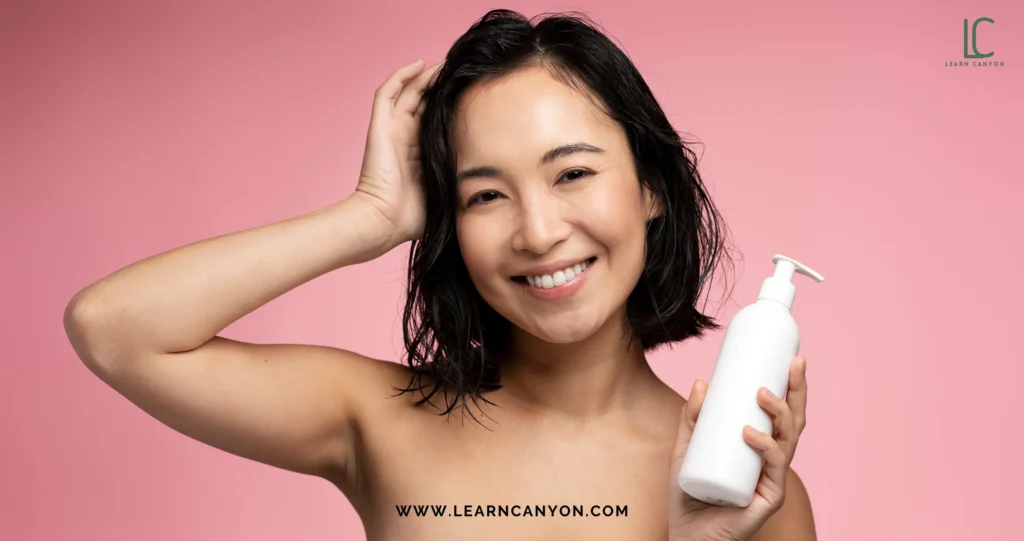
Troubleshooting:
Low Viscosity:
If the shampoo is too thin then increase by adding natural thickeners like Xanthan Gum. You could also try to adjust viscosity by Incorporating small amounts of salt solution.
Separation of Oil Phase:
If coconut oil and olive oil separate, especially during storage use more emulsifiers like Polysorbate 20(1-2%)
Insufficient Foam:
If the shampoo may produce insufficient or unstable foam due to the mild surfactant blend add a secondary foaming agent like Sodium Lauroyl Methyl Isethionate or Decyl Glucoside (1–2%) for better foam performance.
Drying Effect on Hair:
The formula may feel drying for certain hair types then add conditioning agents, such as Polyquaternium-7 or Cetrimonium Chloride (0.5 -1.0%) or increase the humectant.
Testing and Quality assurance
Viscosity Testing:
Use a viscometer to measure the viscosity and check if it meets the desired range for ease of application.
Appearance and Stability Check:
Inspect the shampoo visually for consistency, uniformity, and absence of phase separation or undissolved particles.
Stability Testing:
Subject the formulation to freeze-thaw cycles and check the stability when stored under varying temperature conditions at (-5°C, 5 °C and 40-50°C) for 24 hrs. Check for phase separation or instability or colour change.
Foam Test:
Conduct a foaming test by diluting a small amount of shampoo in water and agitating it. Check for adequate and stable foam production.
Microbial Testing:
Confirm the product is free from microbial contamination using preservative efficacy testing (challenge test).
Conclusion:
Doesn’t this sound amazing! So do not waste any more time….try making it yourself.
Creating a Hair Bond Repair Shampoo is both a science and an art, combining the right ingredients with precise formulation techniques.
This sulfate-free shampoo not only cleanses but actively repairs and strengthens damaged hair by targeting disulfide bonds.
With moisturizing agents like aloe vera, bond-repair actives like Terabond, and nourishing oils, it promotes healthier, softer, and more resilient hair.
By customizing the formula for different hair types and needs, formulators can craft innovative, high-performance shampoos. With attention to detail and quality assurance, you can deliver a transformative product that restores hair from the inside out, ensuring a luxurious hair care experience.
It is definitely a rewarding process, especially when you see the results. A sulfate-free, bond-repair shampoo doesn’t just clean—it nurtures, strengthens, and revives damaged hair. And the best part? You can customize it to suit your preferences. Ready to give it a go?
Enjoy your formulation experience.


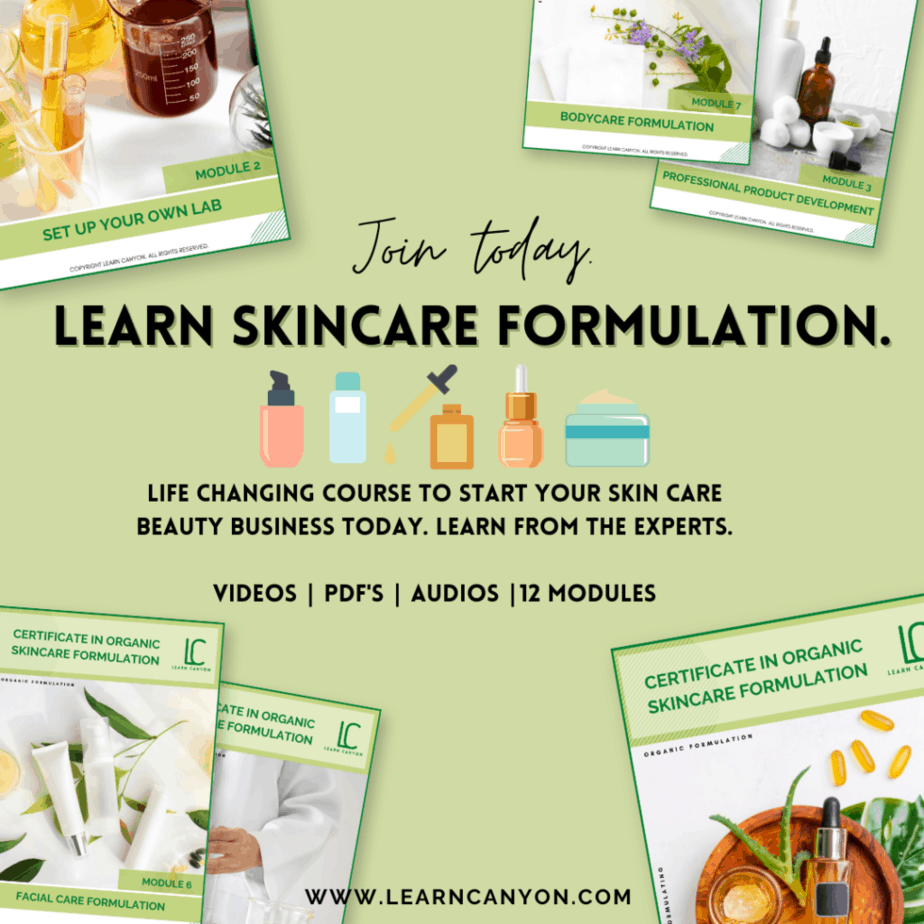
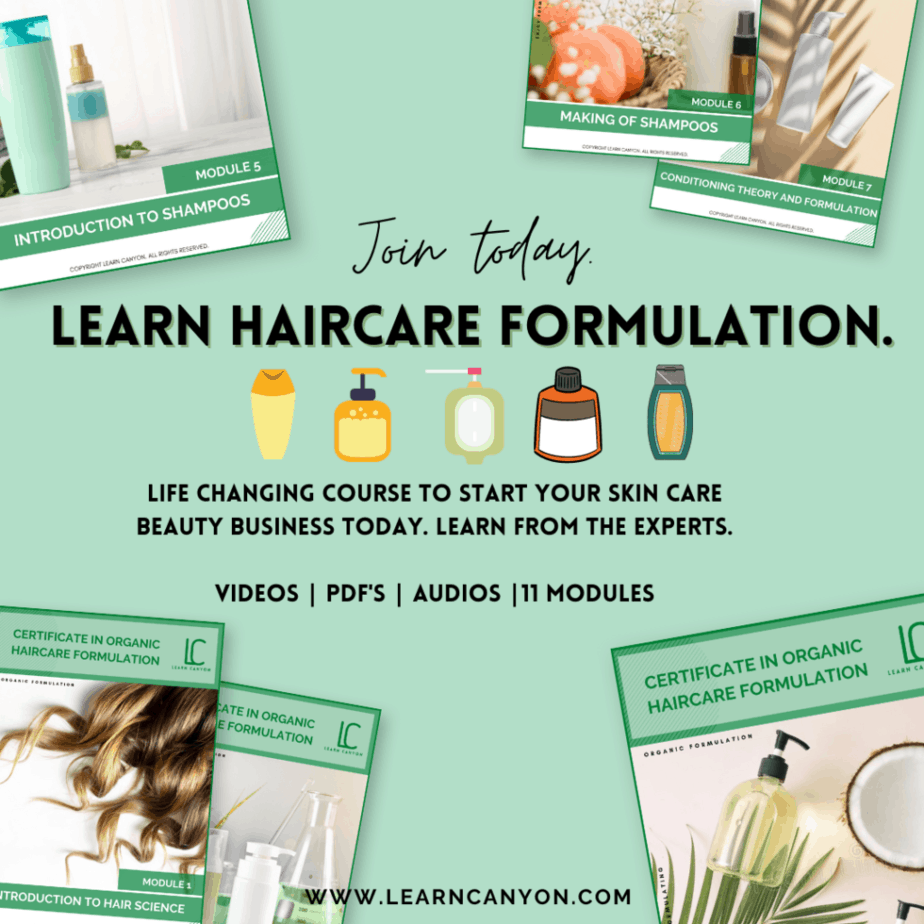
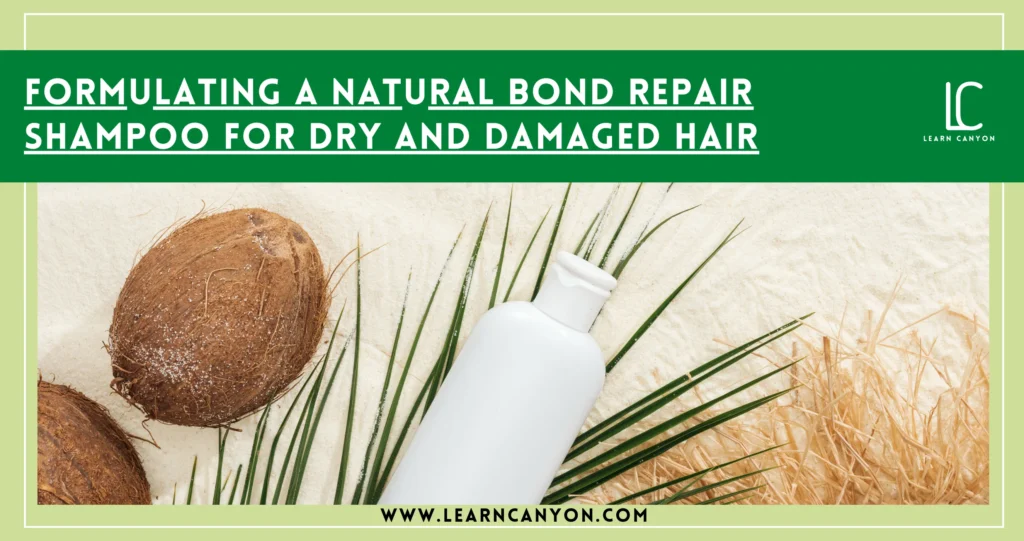

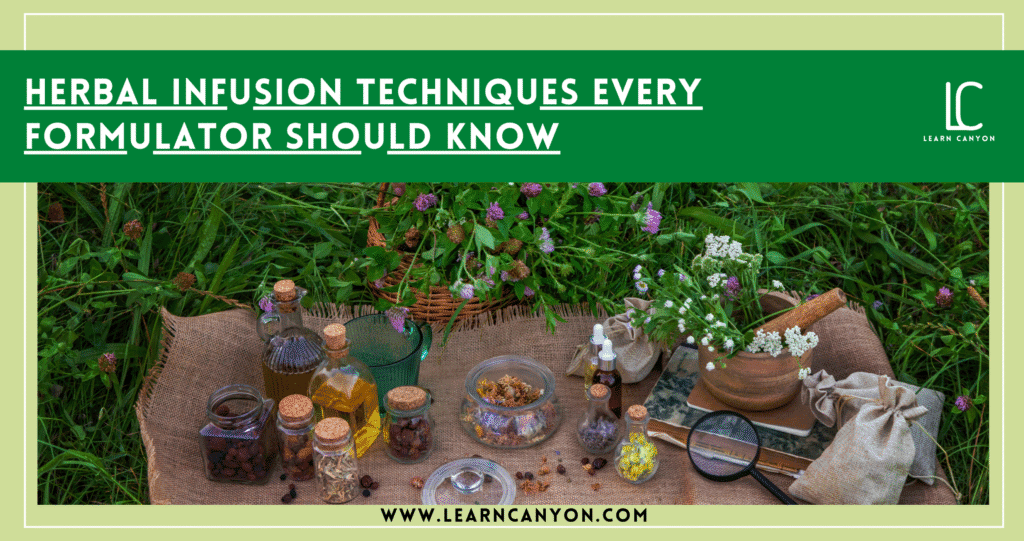
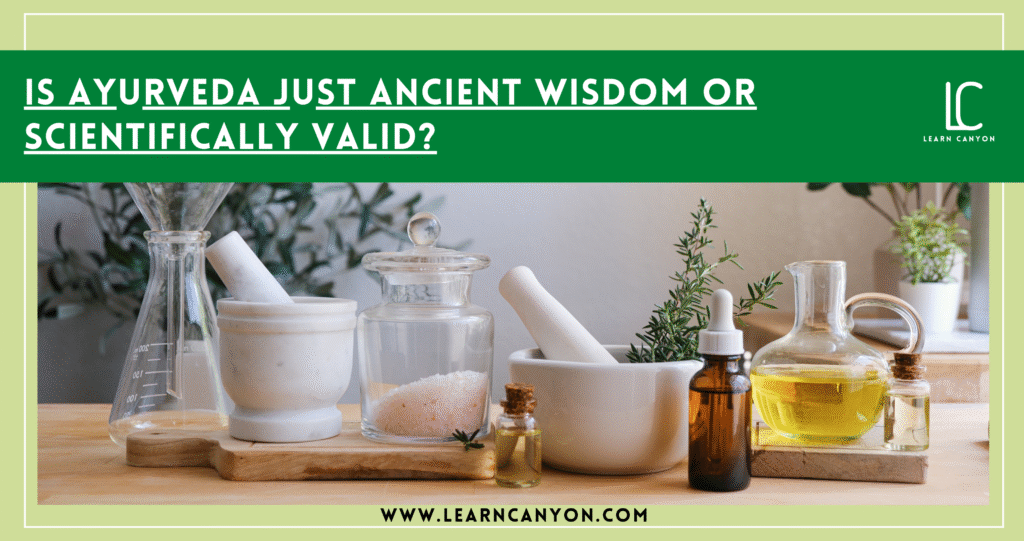
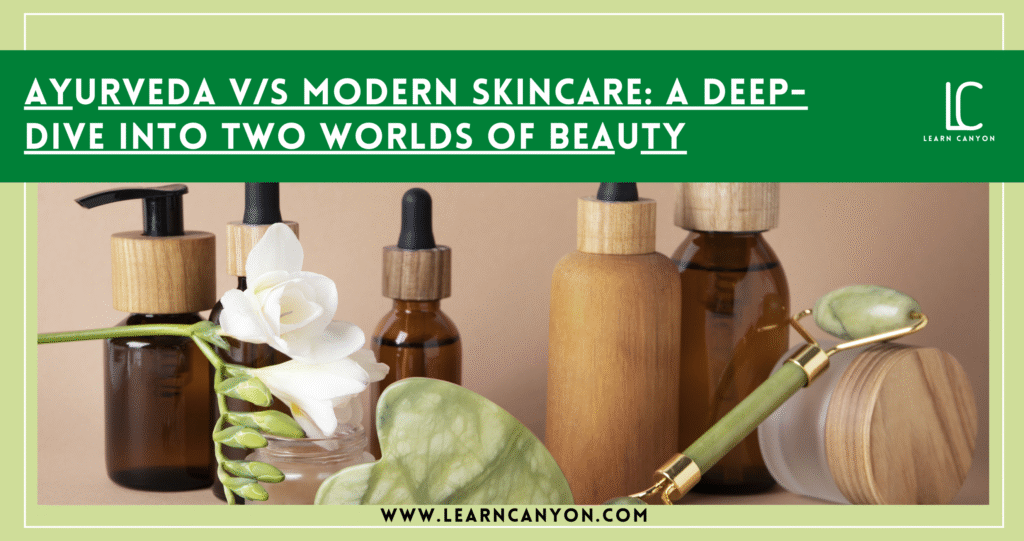



2 thoughts on “How to Formulate Natural Bond Repair Shampoo for Dry Hair”
Thanks for this information
Thanks for sharing